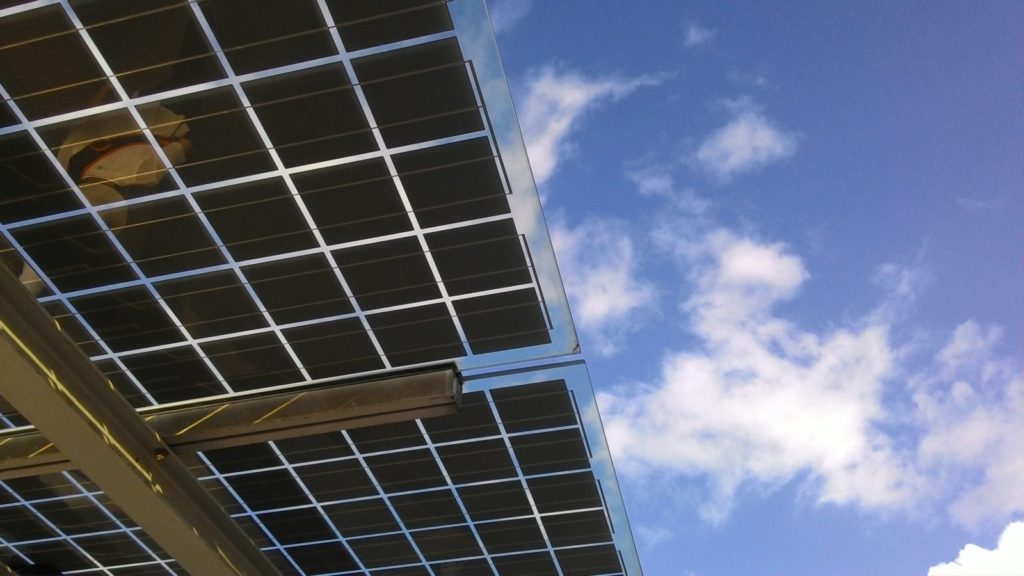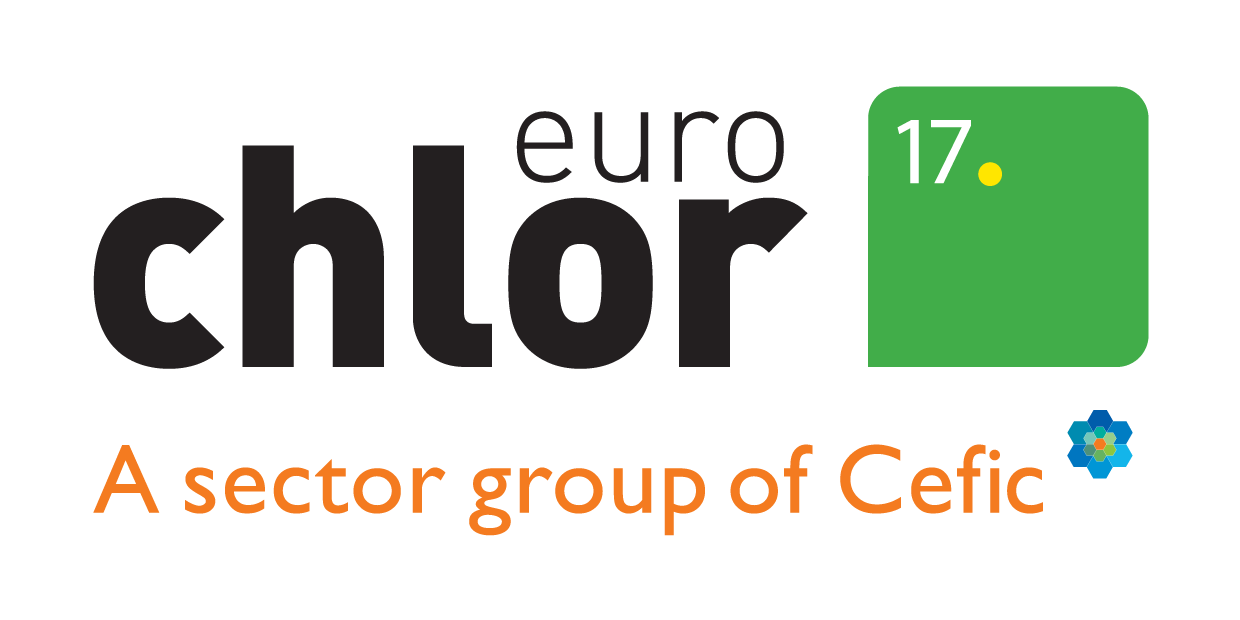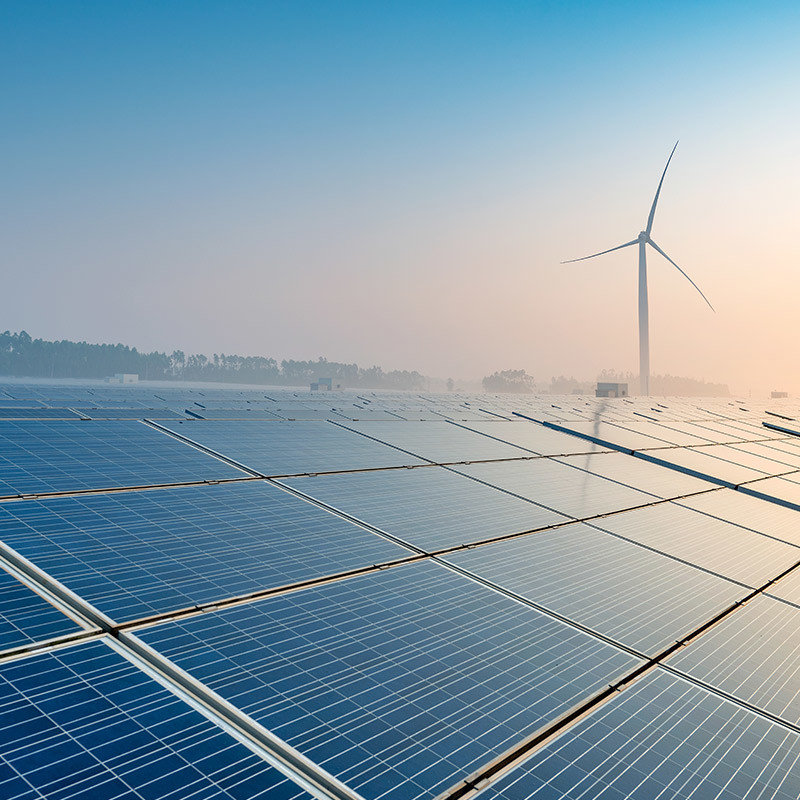How solar cells are produced so pure?
In a solar cell, the energy absorbed from sunlight (or other light sources) causes tiny, negatively charged electrons to be knocked loose from silicon atoms. The electrons flow through the material, generating electricity. This phenomenon is known as the photovoltaic effect.
However, you need highly purified silicon to manufacture solar cells and this is where chlorine chemistry comes in. Impure silicon is derived from quartz sand. The silicon is combined with hydrochloric acid at 300°C. This produces the compound trichlorosilane (HSiCl3). This substance is then heated to a much higher temperature, 1150°C, at which point it decomposes. One of the products left after decomposition is very pure silicon. Another is hydrochloric acid (the same acid we carry in our stomach!), which is recycled back into the process.
Yes, clean solar energy is a ChlorineThing!


